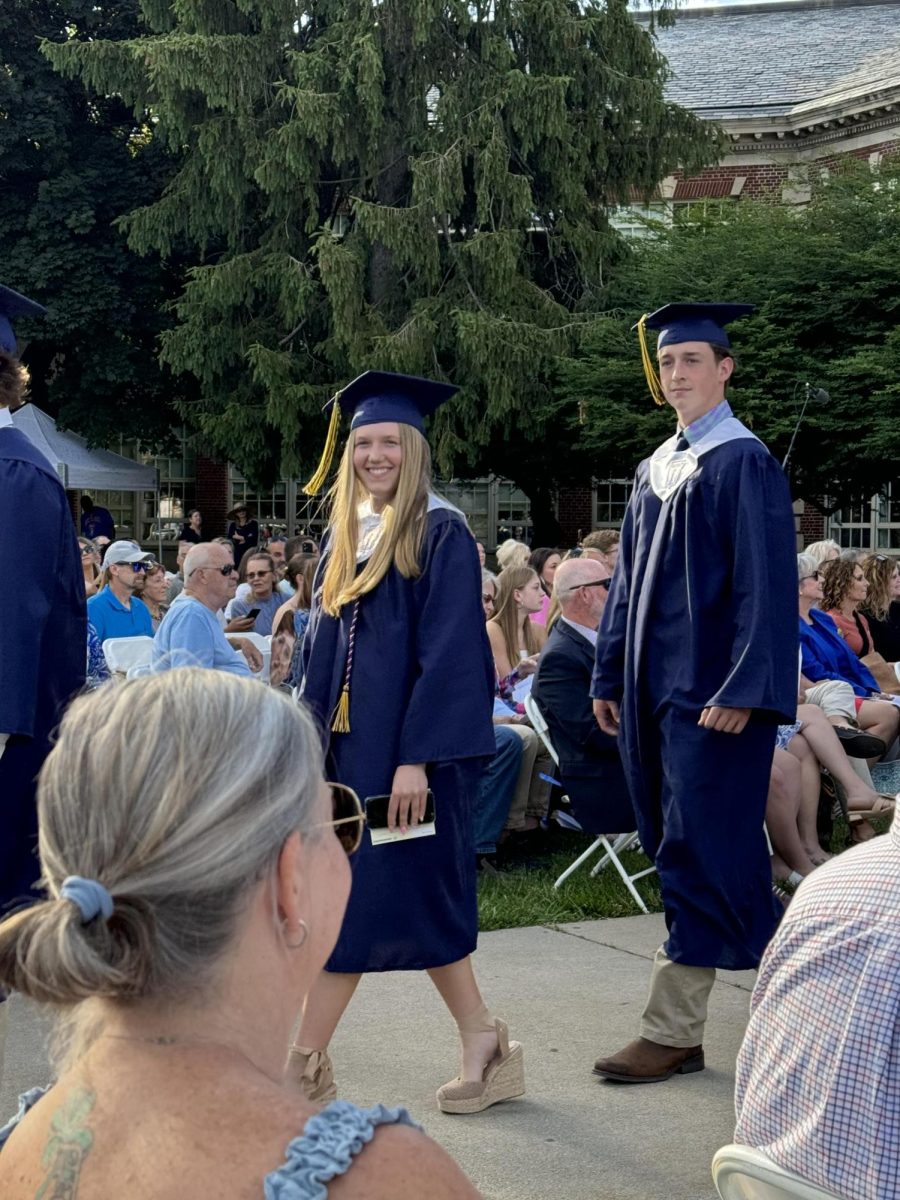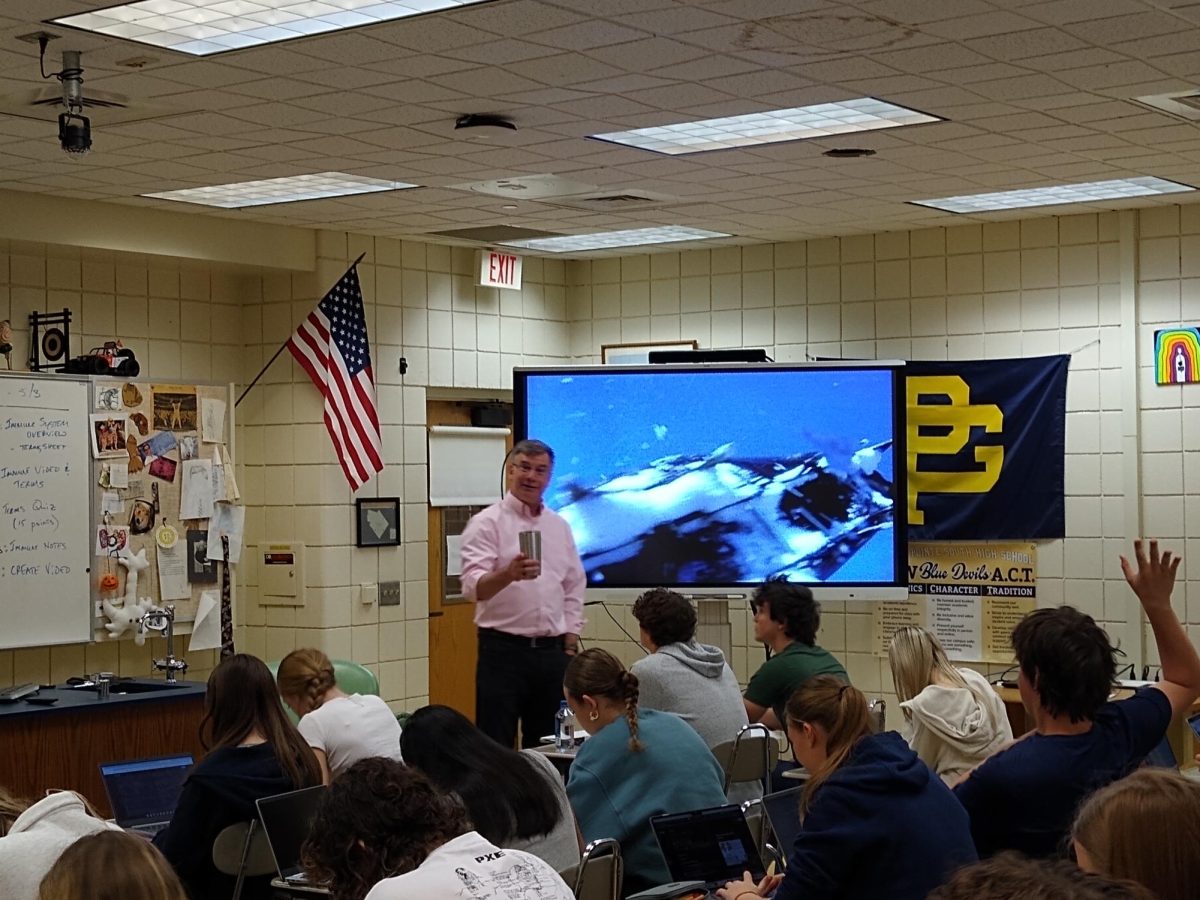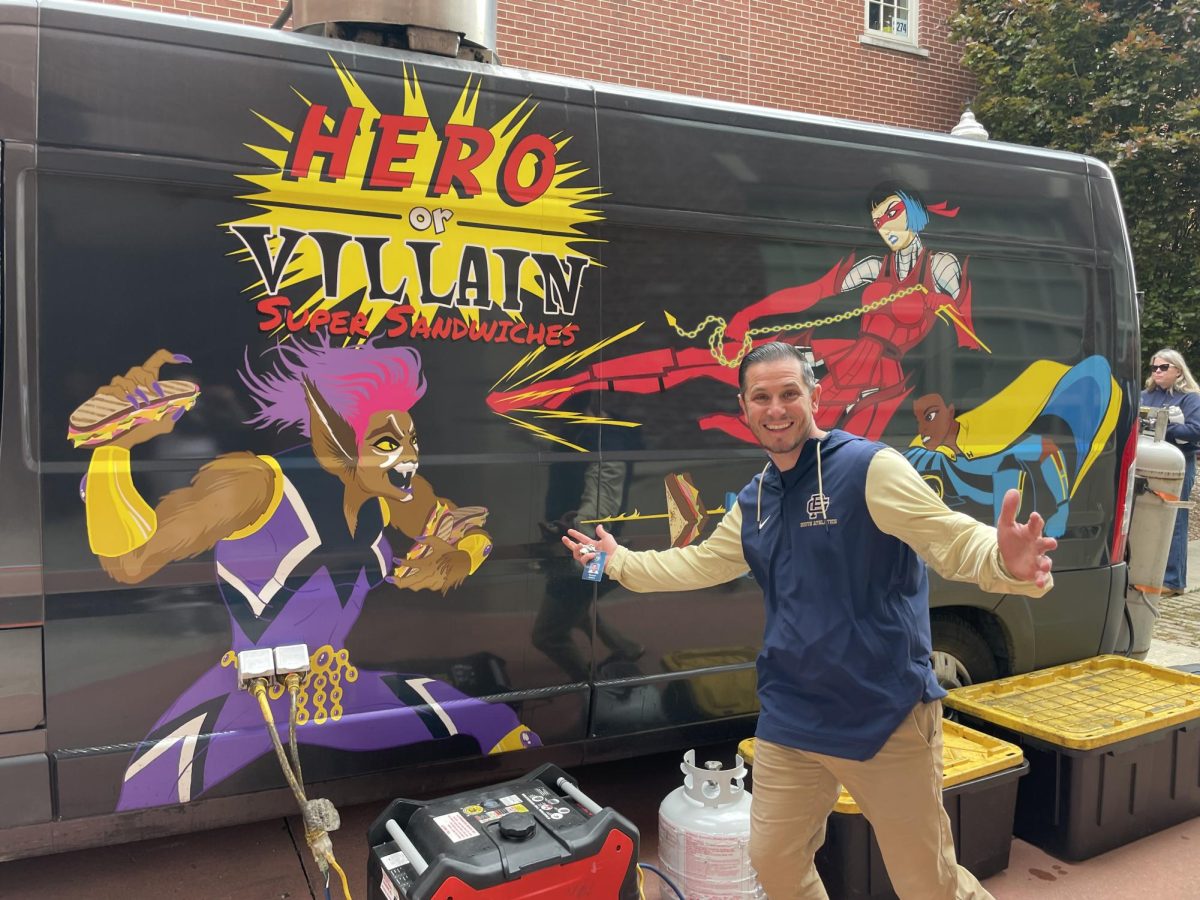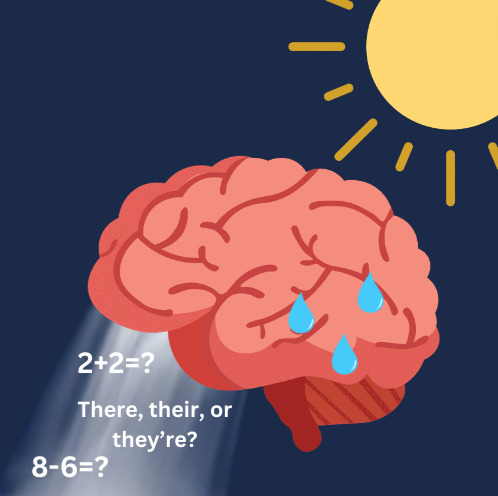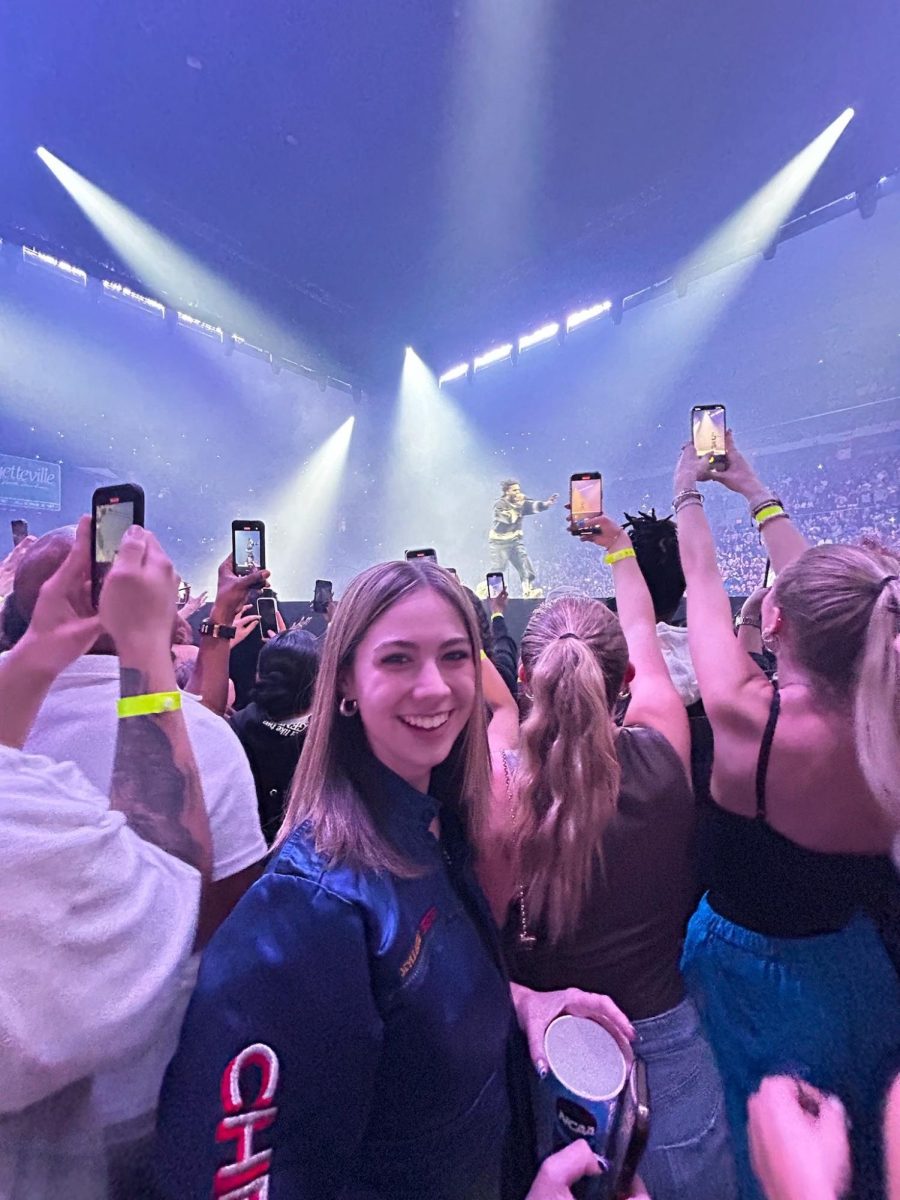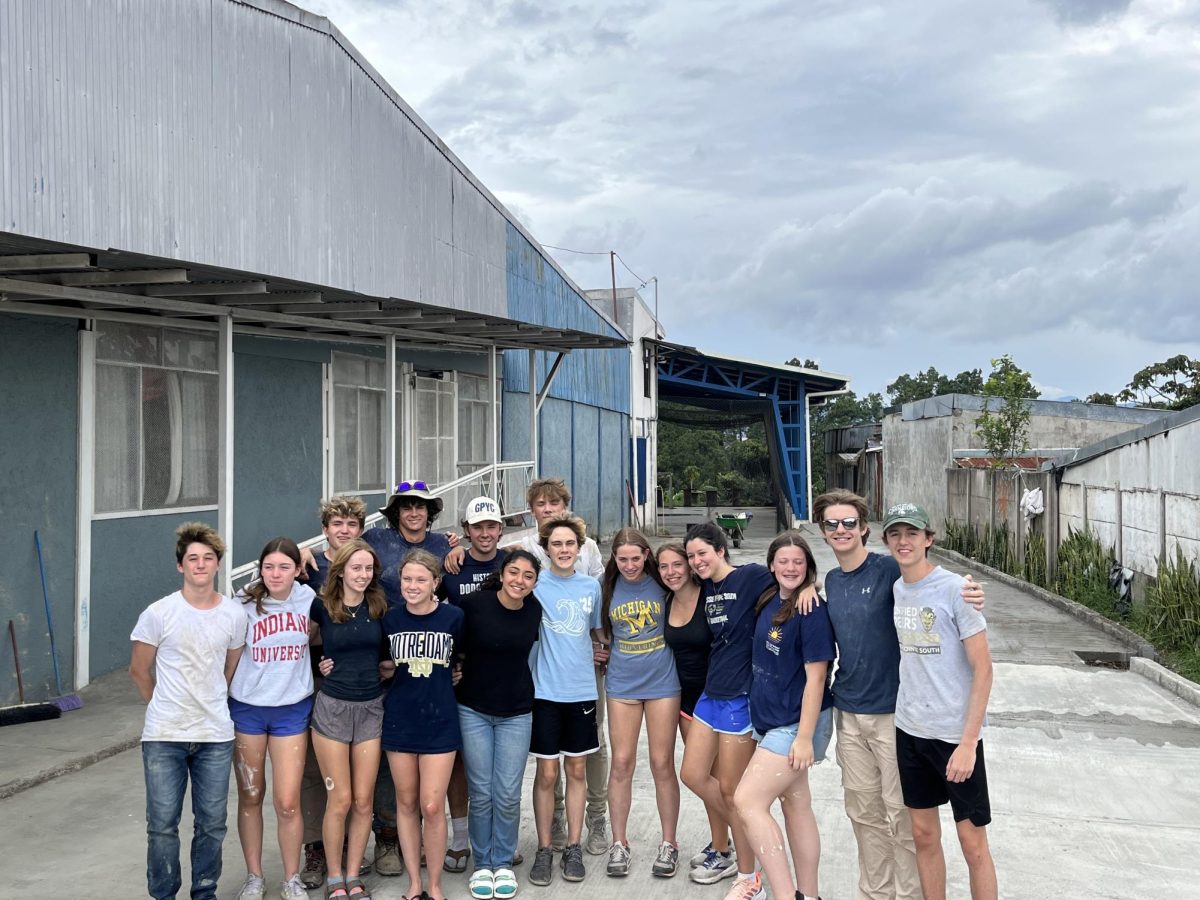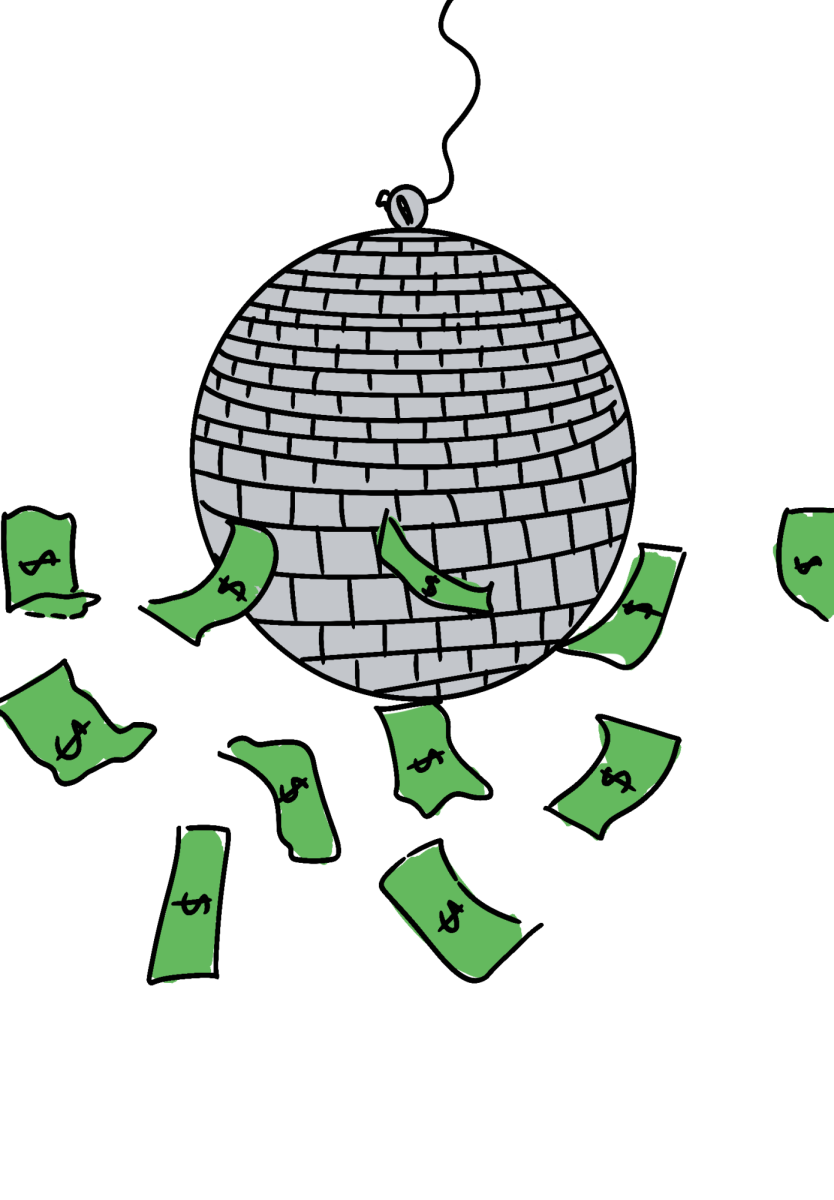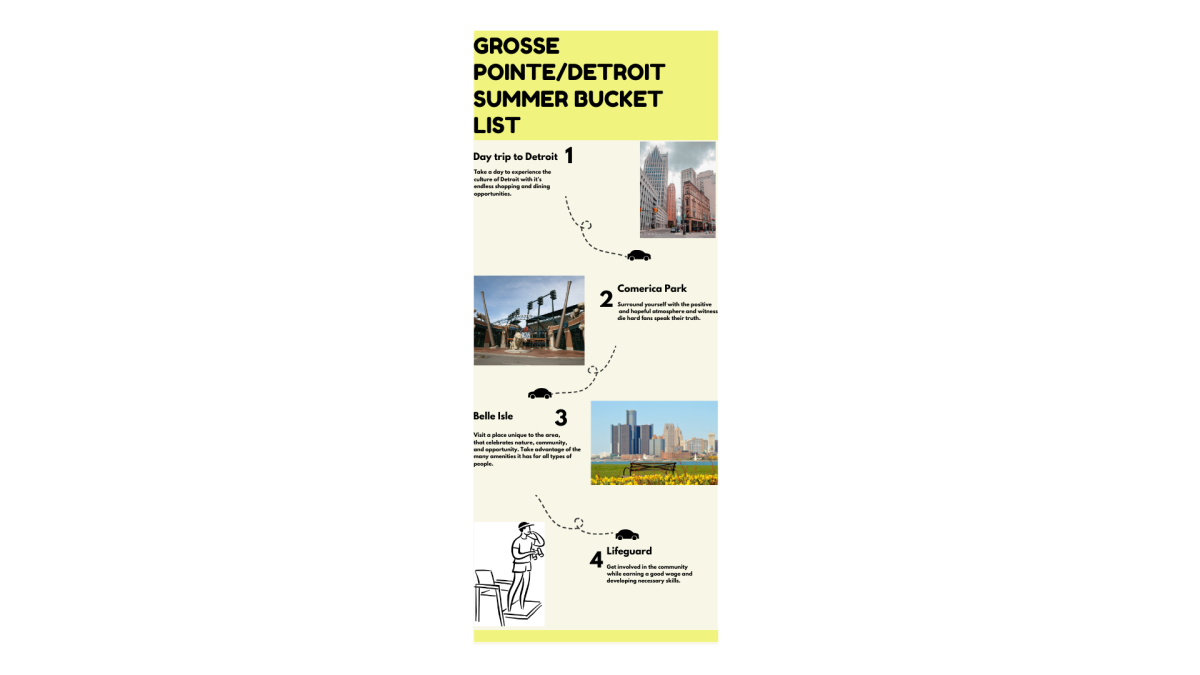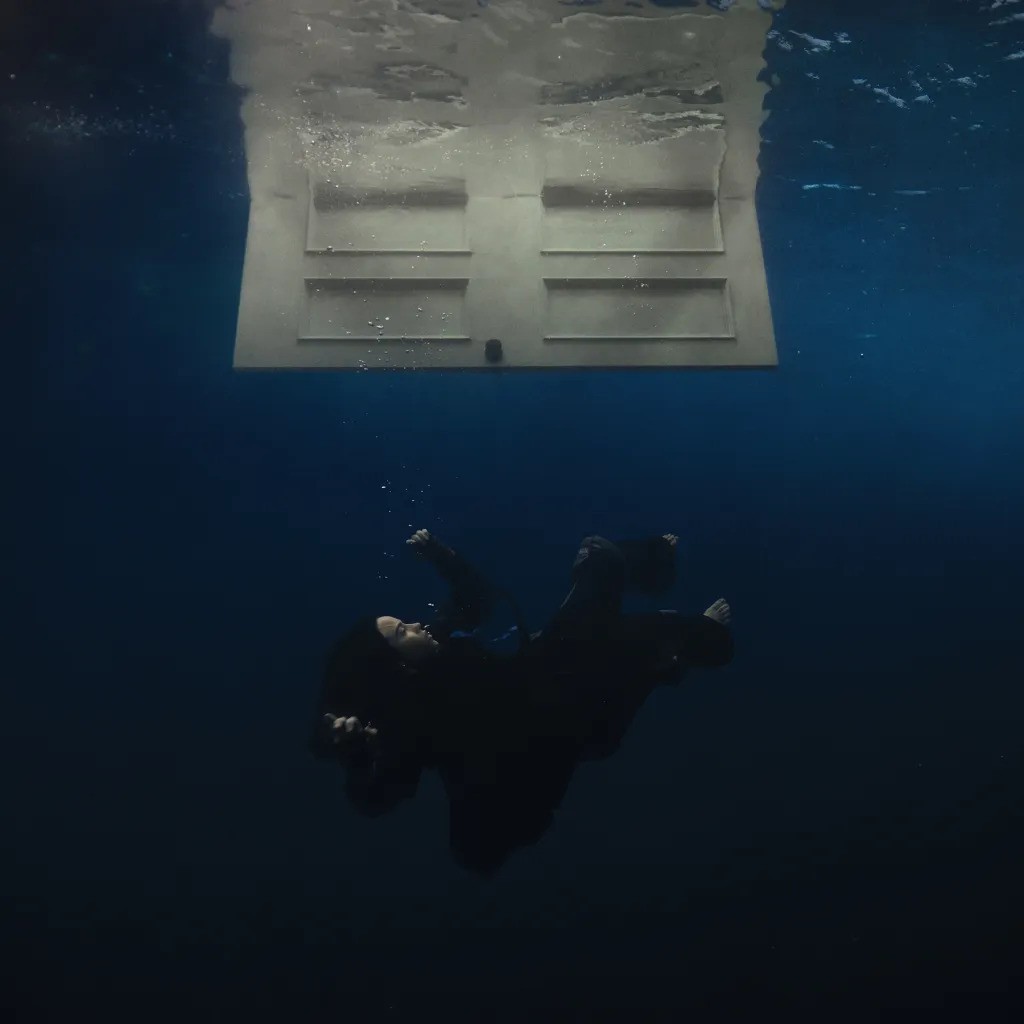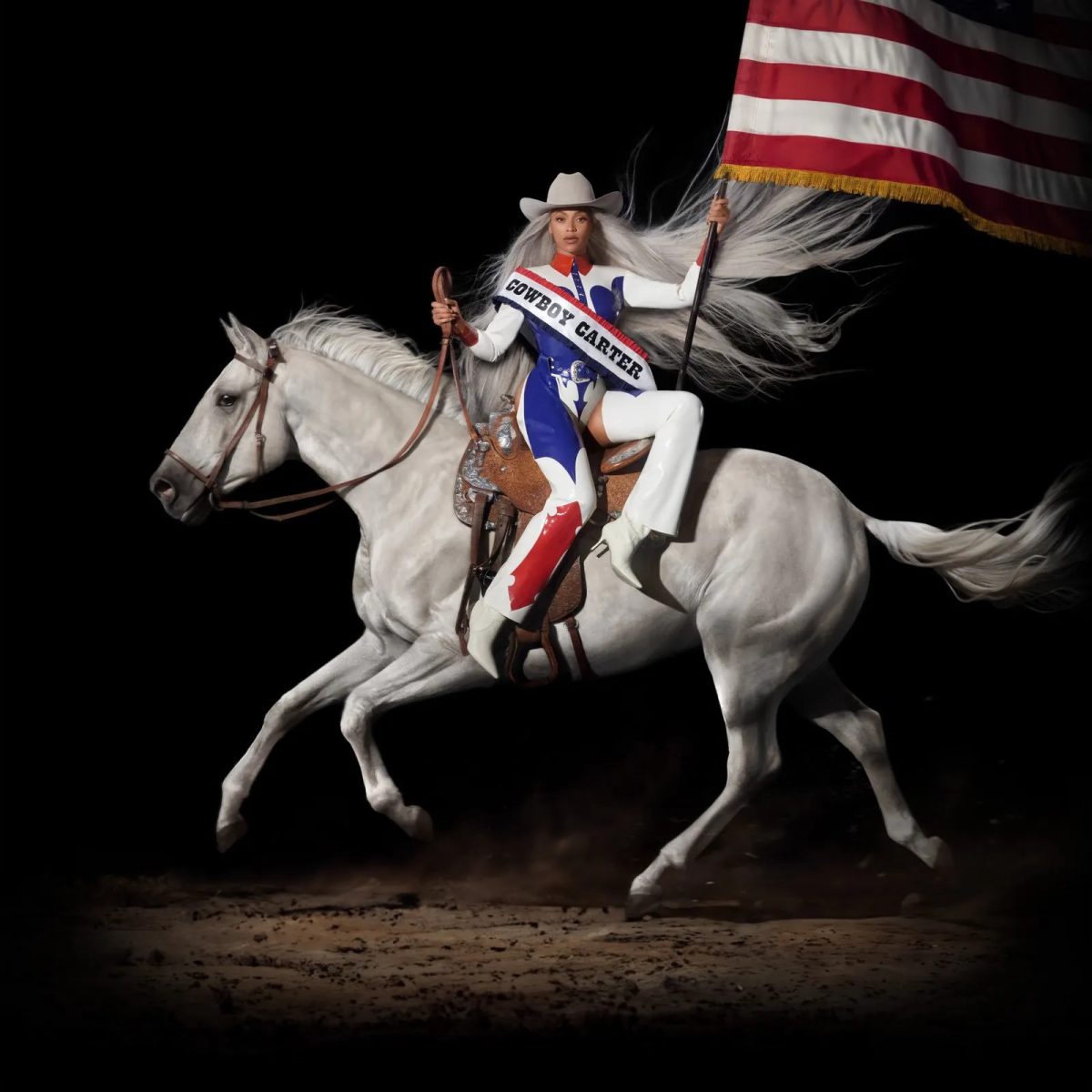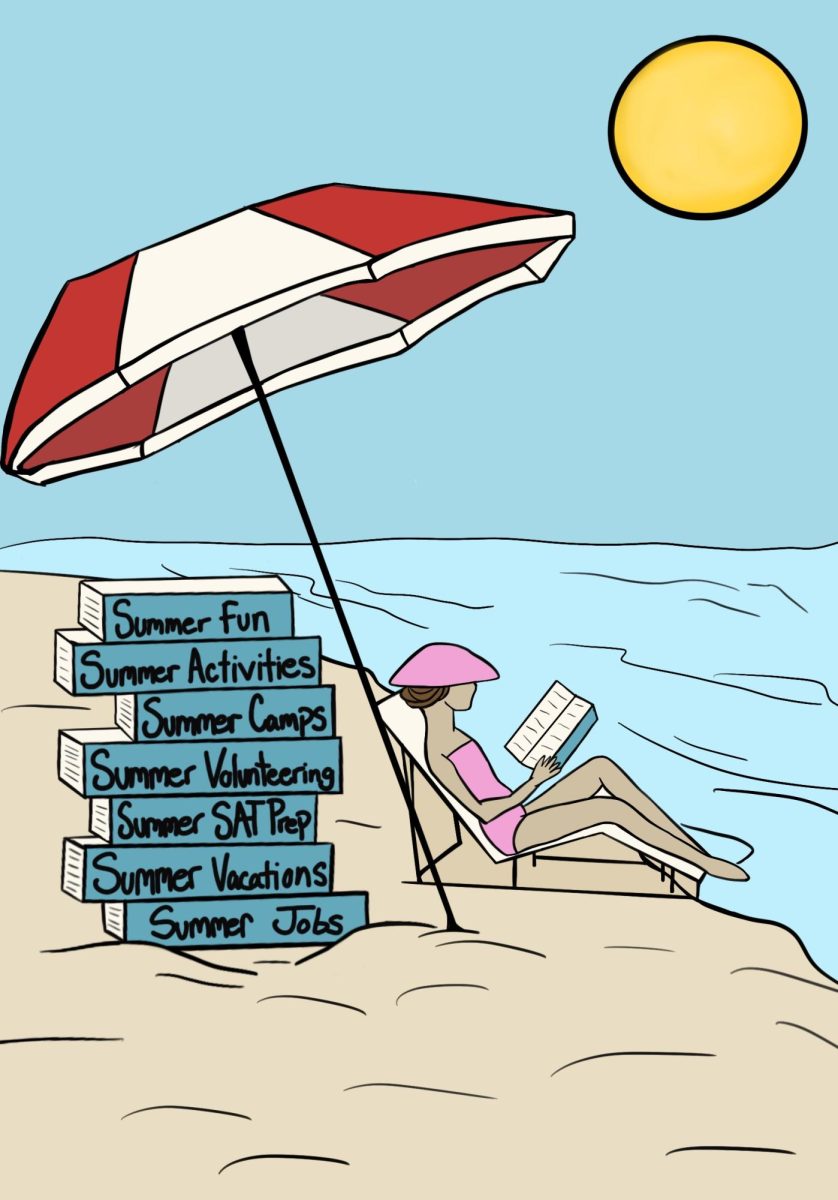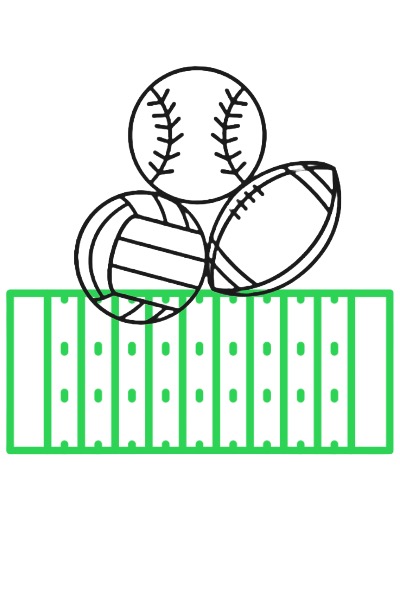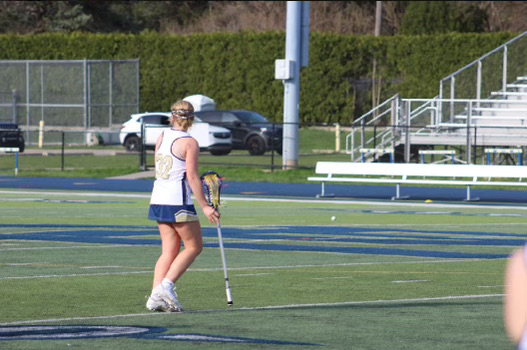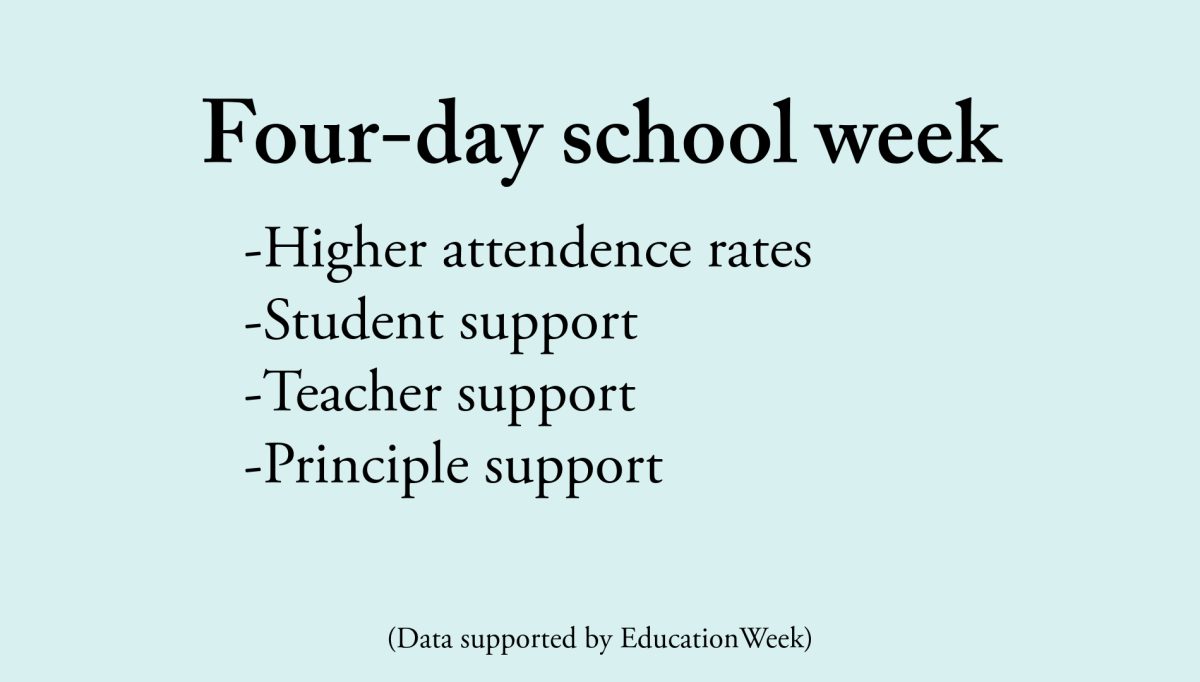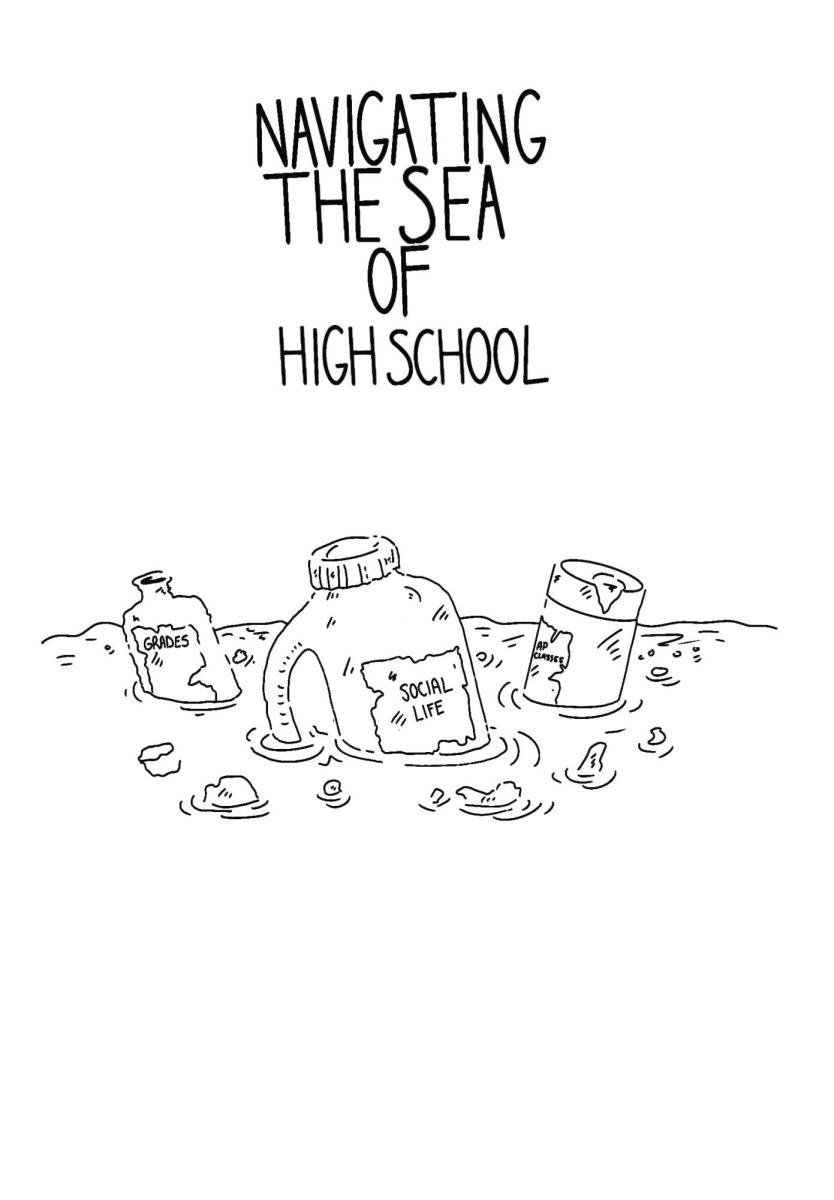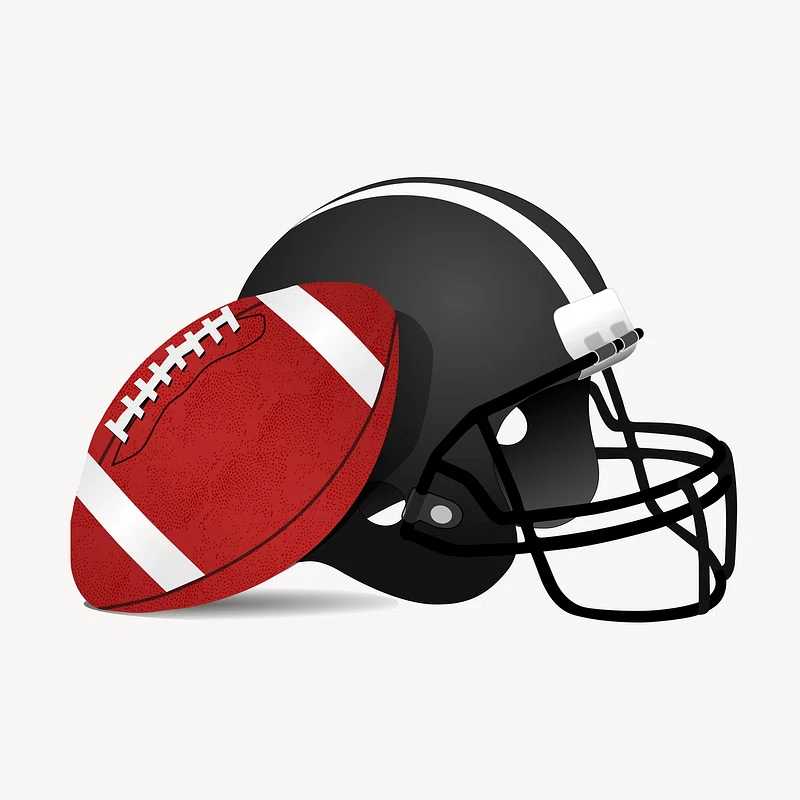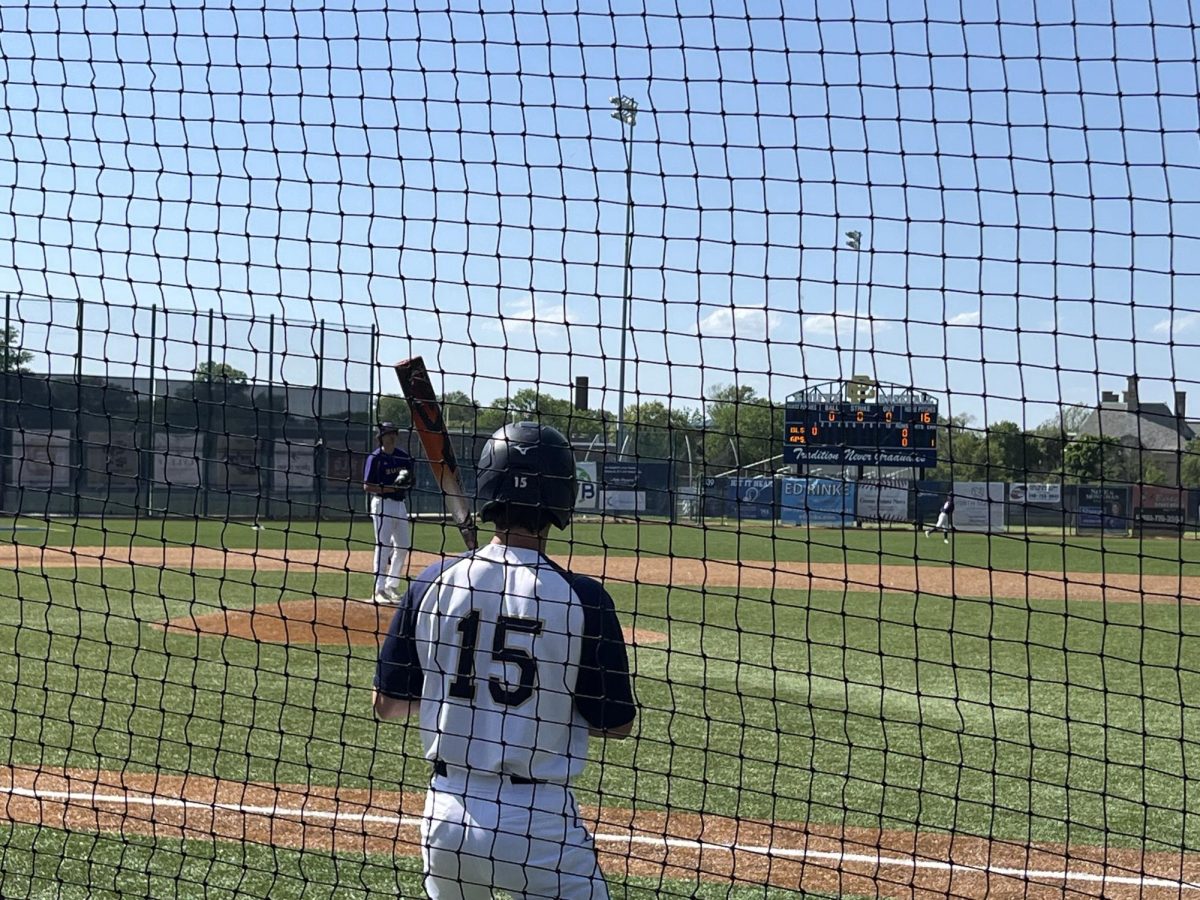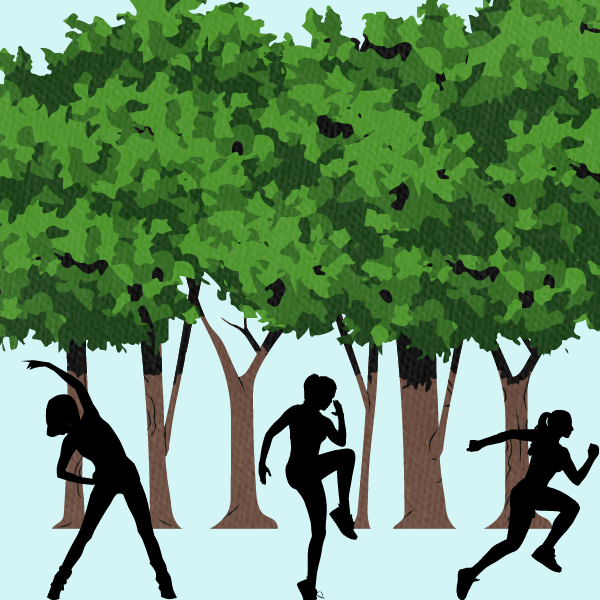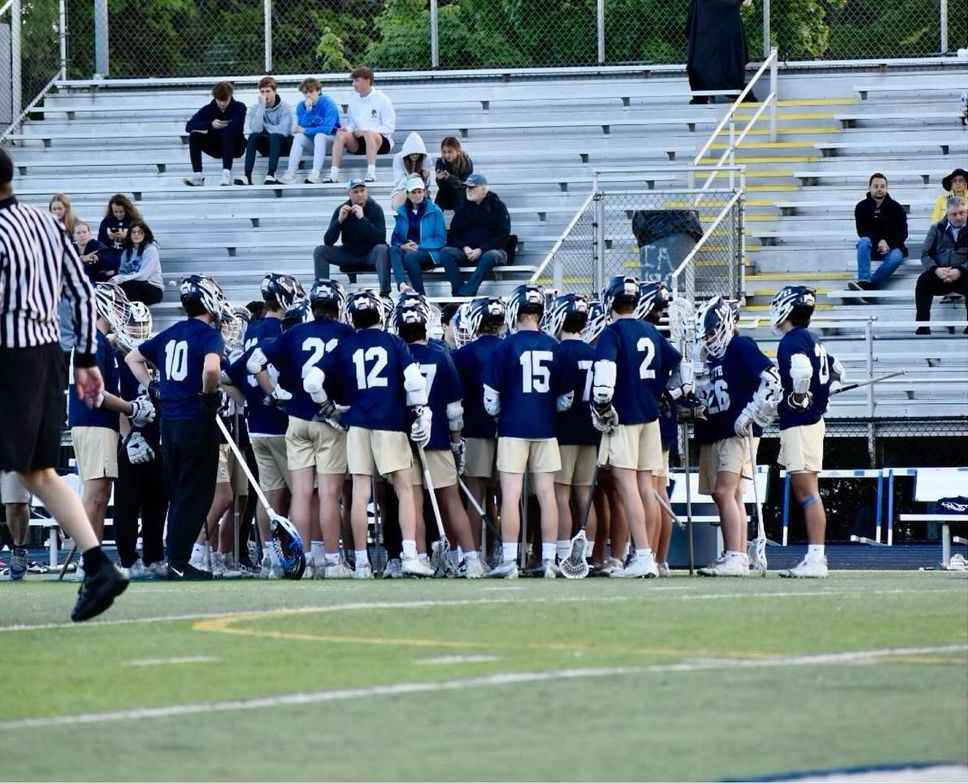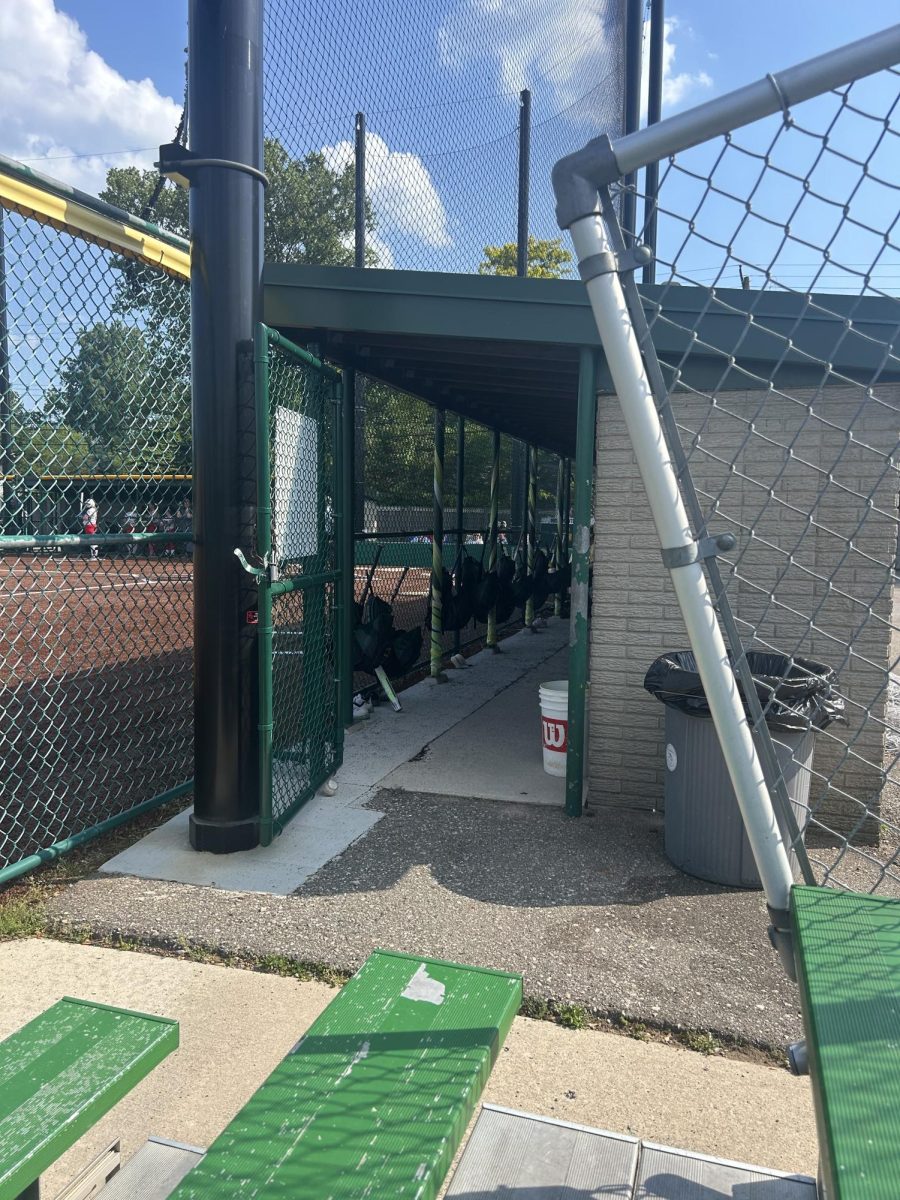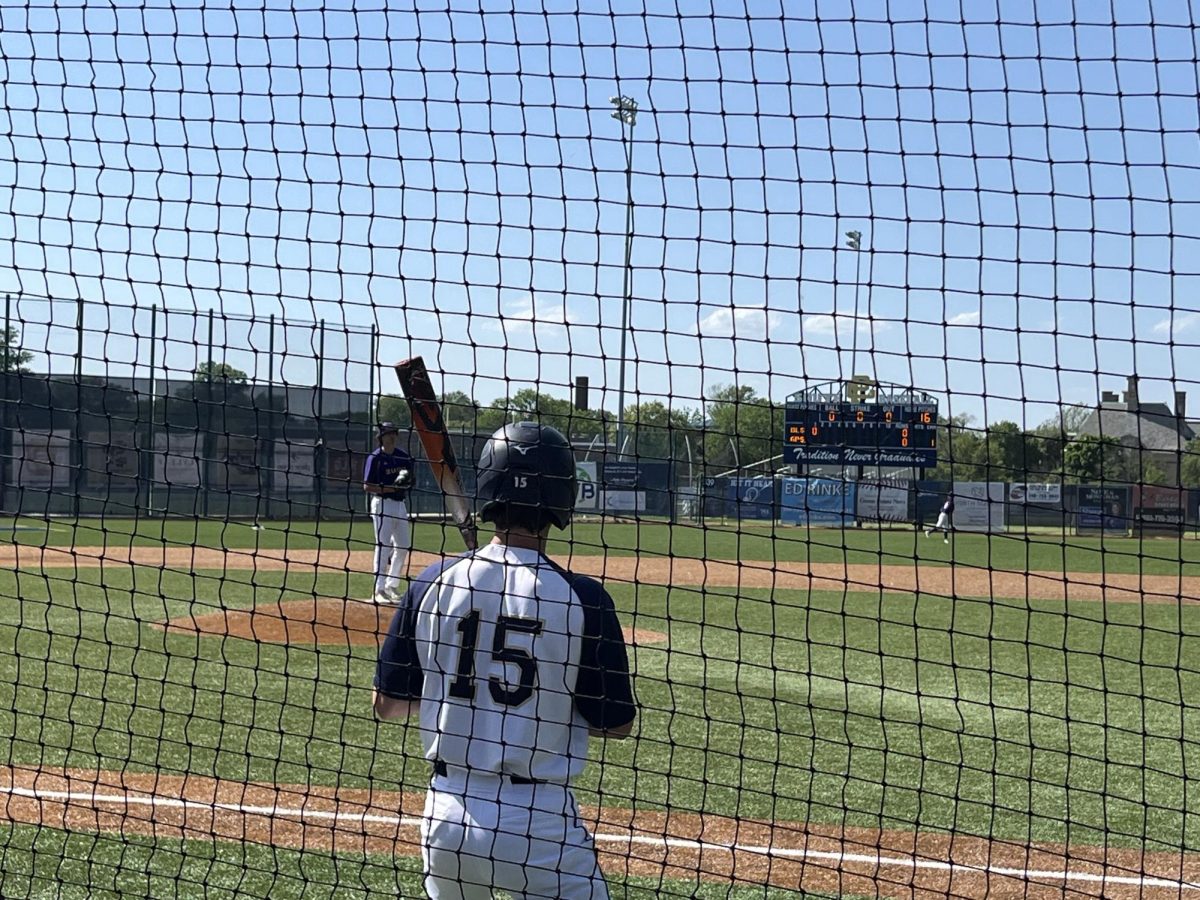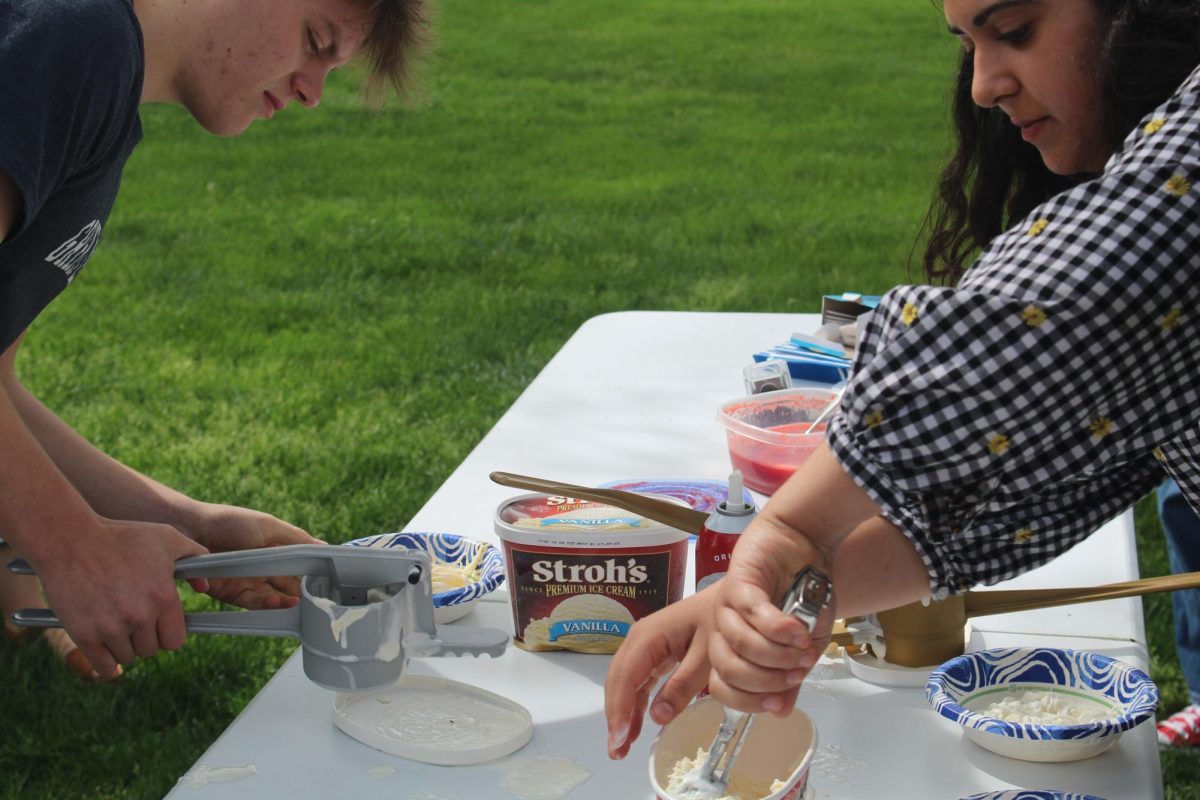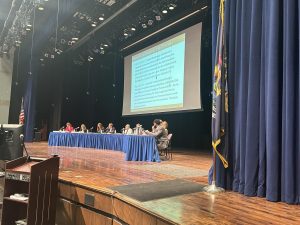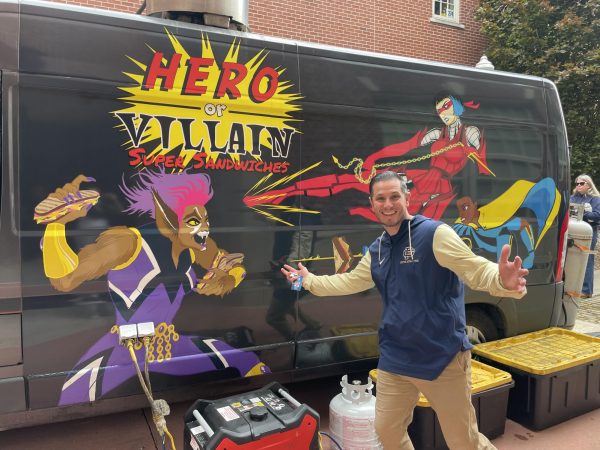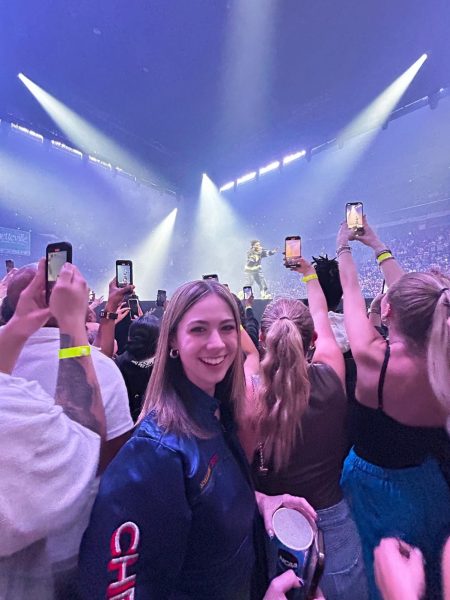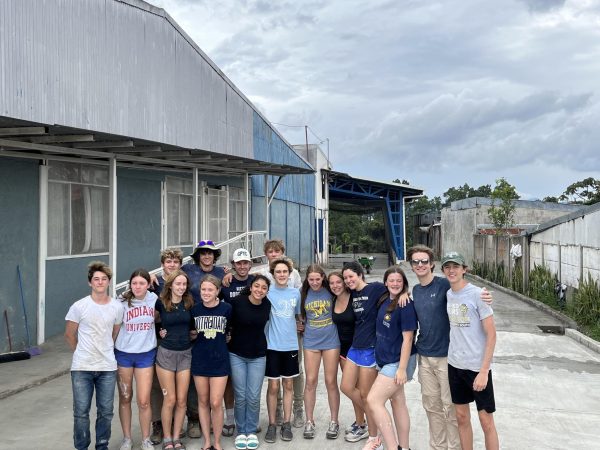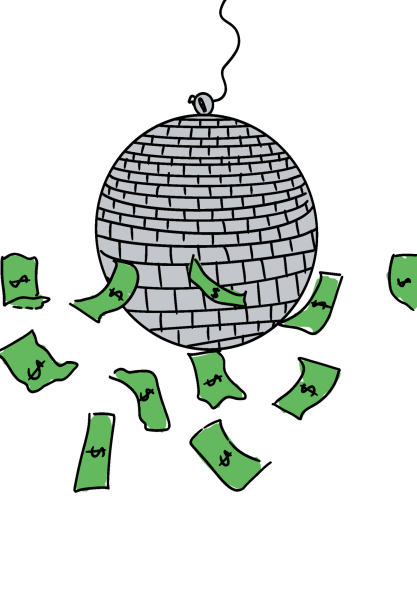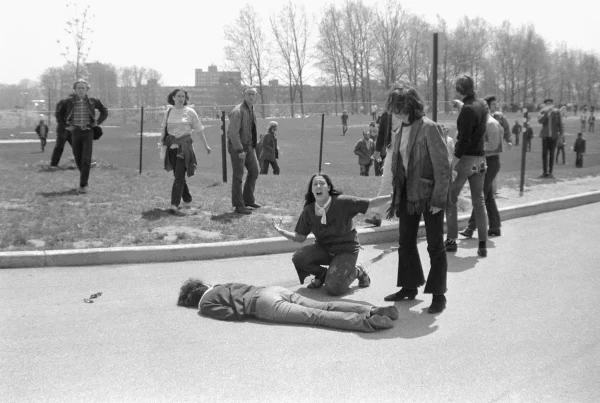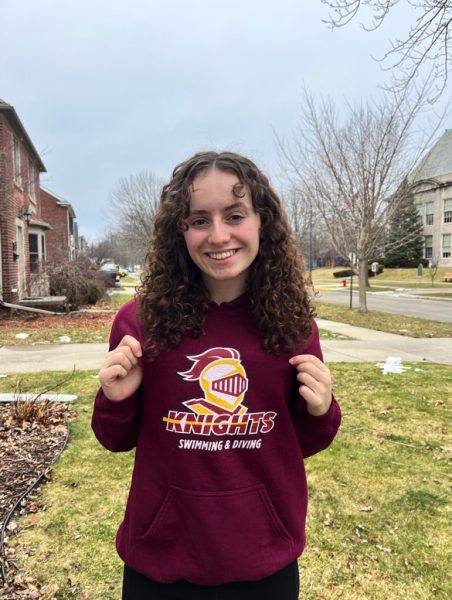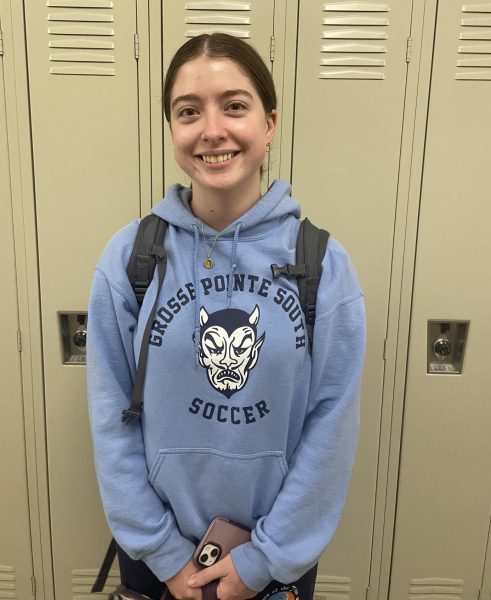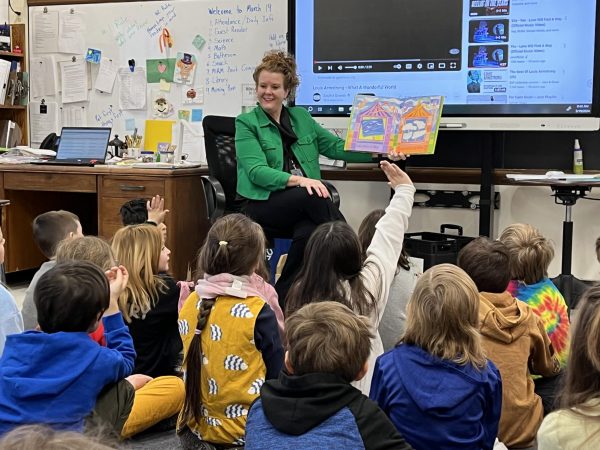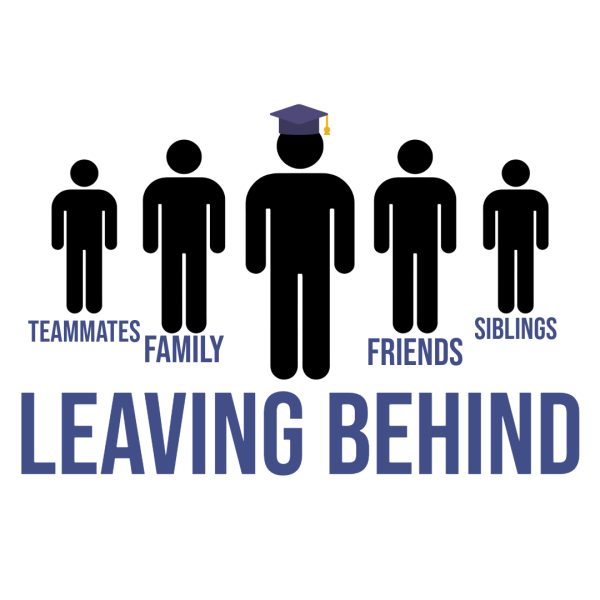Injuries: How they impact the ability for athletes to compete
October 22, 2021
It started off as a tackle that caused him to land awkwardly. But when Egan Sullivan ’23, tried to stand up after it happened, he knew something was wrong.
“During (the third game), I just got tackled funny,” Sullivan said. “I didn’t even realize anything happened until I got up and started walking , and it felt very funny.So I went to the doctors, got it checked out, and they told me it was a torn ligament.”
An injury like that cost him his chance of playing during the rest of the season.
“(The doctors) said it was very serious,” Sullivan said. “They said that I wouldn’t be able to play through it, and I have to have surgery to get a couple screws put in (my leg). Then I have to have another surgery to get them taken out in a couple of months, so I’m most likely out for the rest of the season.”
According to varsity assistant coach Chad Hepner, injuries can be fairly common, especially in a contact sport like football, but it hasn’t made any extreme impact on how the team is performing in competition, especially in games against their opponents.
“Injuries are a part of the game,” Hepner said. “We’ve had several other players who’ve missed a game or two here or there and have come back. It definitely makes an impact, but we also know that’s part of the game- the teams that we’re playing against are dealing with their own injuries as well.”
For Athletic Director Brandon Wheeler,injuries that are often seen in fall sports are caused by a variety of factors, including how much training they are doing throughout the year to prepare, as well as the impact of rest and diet.
“Injuries and those injured vary so widely that there is no singular answer for preventative measures,” Wheeler said. “However, oftentimes student-athletes are not doing enough off-season training, and their bodies go from 0-100 (real quick), which is why you often see the majority of injuries during the season. Rest and proper diet are also big factors- kids think we are kidding but it’s true.”
In order to lower the chances of players getting seriously injured during both the season and afterwards, Hepner, and the other coaches and the athletic trainers have been able to come up with a plan to help treat and respond to them.
“I think that we are actually at an all-time high, as far as injury prevention and knowledge and things like that,” Hepner said. “We’re in a really good spot, as far as preparing our athletes with strength training in the off-season. I think that’s a really big part of it-making sure that our drills and coaching is appropriate and safe, and also making sure that our players are warmed up and have flexibility, and also understand the proper techniques to keep them from getting injured.”
For Sullivan, he has been able to participate with his team through numerous activities to support his teammates.
“I’ve just been trying to be there at practices and games, and still trying to be a part of the team and be there for my teammates,” Sullivan said.
In order to help teammates on numerous sports who are recovering from injuries, Wheeler gives some important advice for athletes to follow.
“Players need to remember that they should be able to go all the time- even if you’re not a starter, be prepared to help your team at all times, (as) you never know when you’ll be needed to take your reps in practice seriously,” Wheeler said. “Everyone should know everyone else’s position if personnel changes need to be made- sometimes you can’t just switch someone in for the person who is injured and it takes a few personnel moves to give you the right chemistry and tactics.”

